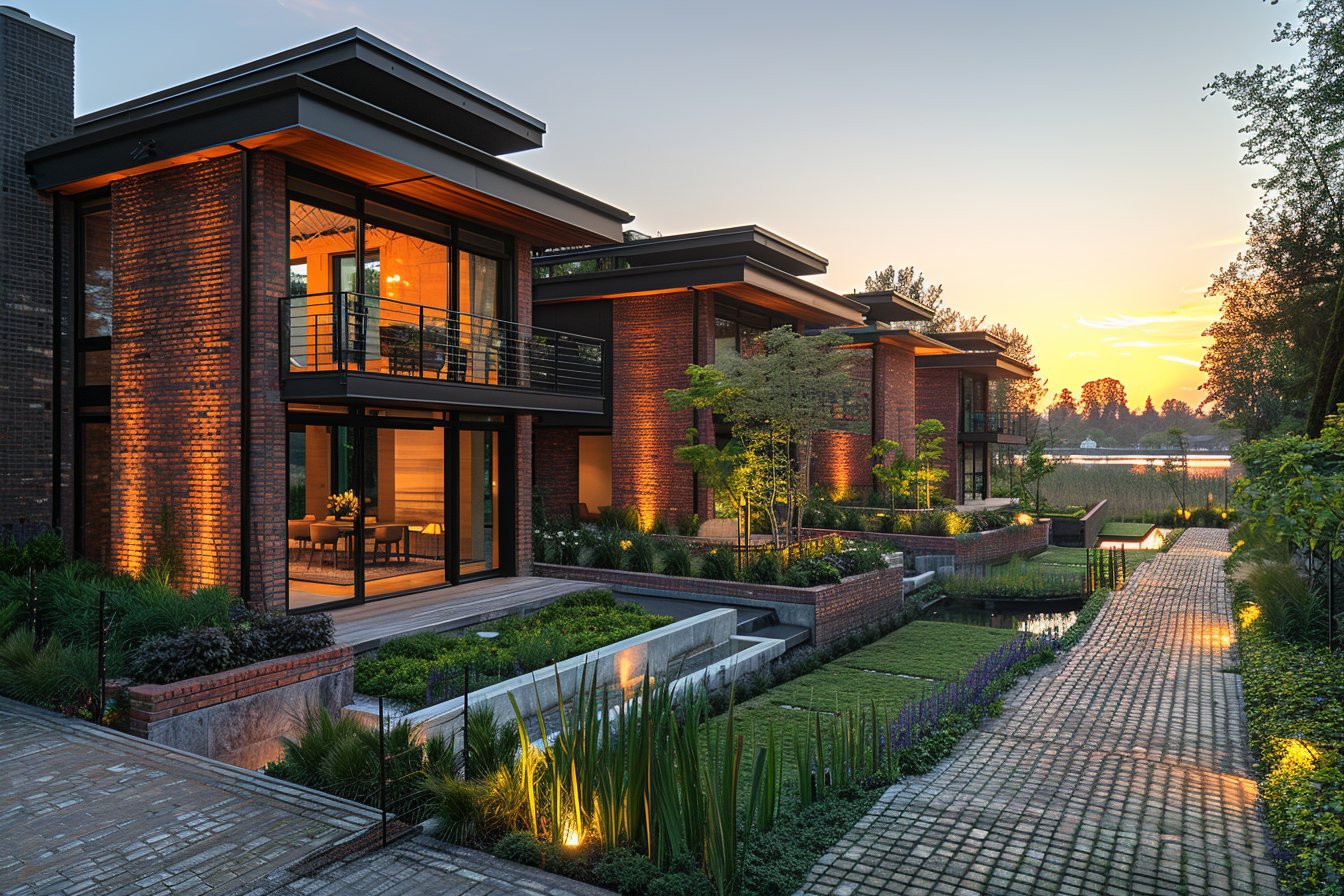When discussing real estate, most people’s minds usually gravitate towards residential properties; however, this multifaceted industry goes beyond just homes. From commercial buildings to industrial parks and more, there are numerous types of real estate available for various purposes. This article seeks to explore this subject in-depth by diving into the different categories of real estate as well as their subcategories.
Residential Real Estate
The most popular type of real estate is residential, which encompasses properties designed specifically to provide living space for individuals and families. Ranging from single-family homes to large apartment complexes, these spaces offer various features, amenities, and pricing structures depending on the specific market and buyers’ preferences. Here are some common types of residential real estate:
- Single-Family Homes: Standalone houses intended to house one family.
- Condominiums: Individual units within a larger building where residents share common areas but own their condos.
- Townhouses: Multi-floor, single-family houses that share walls with other adjacent townhomes.
- Cooperative (co-op) Buildings: Residents buy shares in a corporation that owns the building rather than purchasing individual units.
- Multifamily Properties: Apartment buildings or duplexes that accommodate multiple families under one roof.
- Mobile/Manufactured Homes: Prefabricated homes built off-site and transported to their final location.
Other Residential Real Estate Investment Options
In addition to traditional ownership options, many investors look for alternative ways to capitalize on the residential real estate market. Some examples include:
- Rental Properties: Homes rented to tenants by landlords or property management companies.
- Fix-and-Flips: Investors find undervalued properties, renovate them and sell them for profit.
- New Developments: Builders purchase land and create new residential communities from scratch.
- Vacation Properties: Homes in popular vacation destinations purchased with plans to lease out during peak travel seasons.
Commercial Real Estate
In contrast to residential properties, commercial real estate caters to businesses and includes offices, shopping centers, hotels, and more. These spaces are designed specifically for companies and their needs. Typically, commercial property investors look for long-term leases, as they provide stable cash flow and lower tenant turnover compared to residential property investments. Here are some subcategories of commercial real estate:
- Office Space: Buildings that contain space specifically tailored for business operations.
- Retail Space: Sites designed for the sale of goods and services, such as malls or strip centers.
- Hotels and Hospitality: Accommodation-based establishments ranging from boutique hotels to large resorts.
- Mixed-Use Buildings: Equipped for both residential and commercial purposes—combining living spaces with retail or office spaces, for example.
Specialized Commercial Real Estate
Some commercial properties cater to specific industries and niche markets, including:
- Medical Facilities: Hospitals, clinics, or specialized medical care buildings.
- Educational Institutions: Schools, universities, and other educational facilities.
- Industrial Parks: A collection of interconnected industrial properties, often housing factories and warehouses.
- Senior Living Centers: Communities designed for older adults requiring various levels of support and care.
Industrial Real Estate
This category encompasses properties used for producing, storing, and distributing goods. Industrial real estate might include factories, warehouses, distribution centers, and storage spaces. These properties are typically located close to transportation hubs such as highways, railways, airports or ports to facilitate easy movement of materials and products. Subcategories of industrial real estate include:
- Warehouses: Used for storage and inventory management purposes.
- Distribution Centers: Hub for incoming shipments from manufacturers and outgoing deliveries to retailers.
- Manufacturing Facilities: Properties that house machinery and equipment for the production of goods.
- Data Centers: Buildings designed to manage technology infrastructure needs and sensitive information storage requirements.
Agricultural/Undeveloped Land
The last category includes undeveloped land and agricultural property designated for farming, ranching, and timberland uses. These properties can be transformed into new residential communities, commercial developments, or maintained for their current usage depending on local markets and regulatory environments. Some subtypes of this land category include:
- Farms and Ranches: Land dedicated primarily to raising livestock or growing crops.
- Trees and Timberland: Tracts of forested land primarily used for producing wood products.<
- Rural Land: Large, often unincorporated plots suitable for various purposes, such as recreational spaces or future residential development projects.
In conclusion, the world of real estate is vast and diverse, offering a wide range of options for investors, homeowners, businesses, and even developers. Whether someone is seeking a modest suburban home or a profitable commercial office building, understanding the various types, differences, and potential regards in the field will allow them to make better-informed decisions on their journey through the multifaceted landscape of modern-day real estate.






